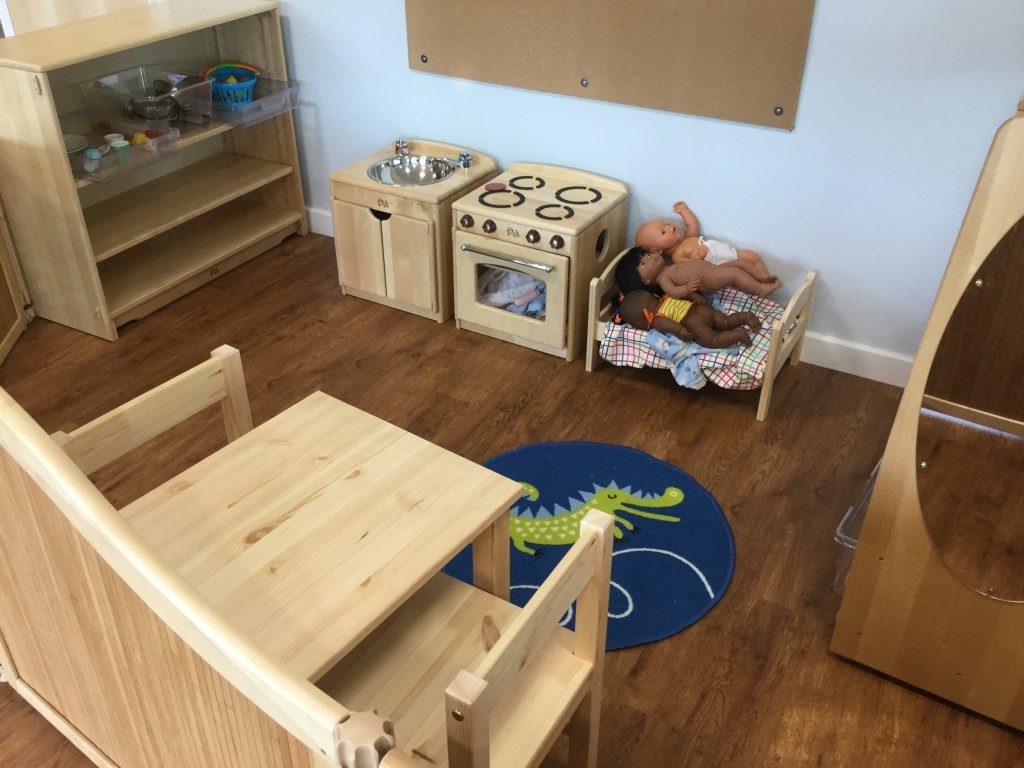Top factors contributing to an effective enabling environment
In order to create an effective ‘enabling environment’ it is best to look at contributing factors, as educational pioneers can influence your environment and don’t forget children themselves are important factors.
When it comes to setting up your enabling environment be mindful of what the Early Years Foundation Stage states
Settings should provide a ‘challenging’ and ‘developmentally appropriate’ environment ‘based on children’s interests.
The EYFS does not give guidance on how you should set up your childcare environment. Ofsted concerns are not about a childcare settings approach to creating their environment, it is more focussed on it meeting the outcomes. Many early years settings will begin looking at the areas of the EYFS and resources. They will use this as the starting point for creating an enabling environment, however be careful if you choose this option as it can steer you away from the focus of the environment being based on children’s interests.
Work together with your team to think ideas over and always refer back to the outcomes for the children to ensure you are meeting them.
Most early years settings has about 5 to 6 activity areas for children to explore and investigate. However as the EYFS is very much focused on being in tune with your key children practitioners who are fully aware of their children’s needs and interests will often give importance to a particular area.
When practitioners focus on one particular area that they are inspired about,this will take the children’s learning to another level as practitioners use their skill full knowledge to enhance the enabling environment and offer children more in-depth learning opportunities.
Don’t forget to do some research on settings abroad as you may find different approaches.
Think about your planning
Inspiration for your enabling environment should be found by observing children during play, by identifying children’s changing interests this will help you plan a learning environment tailored to the children’s individual needs.
When it comes to planning, this can be a tried and testing approach as not all types of planning will suit your setting. A good starting point is to fully understand the value of the different types of play you are offering children eg outdoor play, what is this offering children? And then move onto the rational behind the resourced areas such as sand, water, small world.
Teamwork in the Early Years
Work together with your team to establish a clear planning approach, as it is highly important to ensure the enabling environment is stimulating and enriched with a range of challenging learning opportunities. For best practice the more open ended resources you use the more chance children will revisit the learning and explore further.
Offering further choices
It is also important to ensure you are offering children a wide variety of resources within the same area of learning for example if you are just offering children bricks, Lego and other resources that just push together, this is limiting the range of skills to refine. Think about adding different types of construction resources eg train tracks (Brio)
To create an effective enabling environment children need well defined and attractive play spaces to avoid distraction once engaged in their play, look around your setting and see if these are identifiable.
Using mud kitchens in your enabling environment

